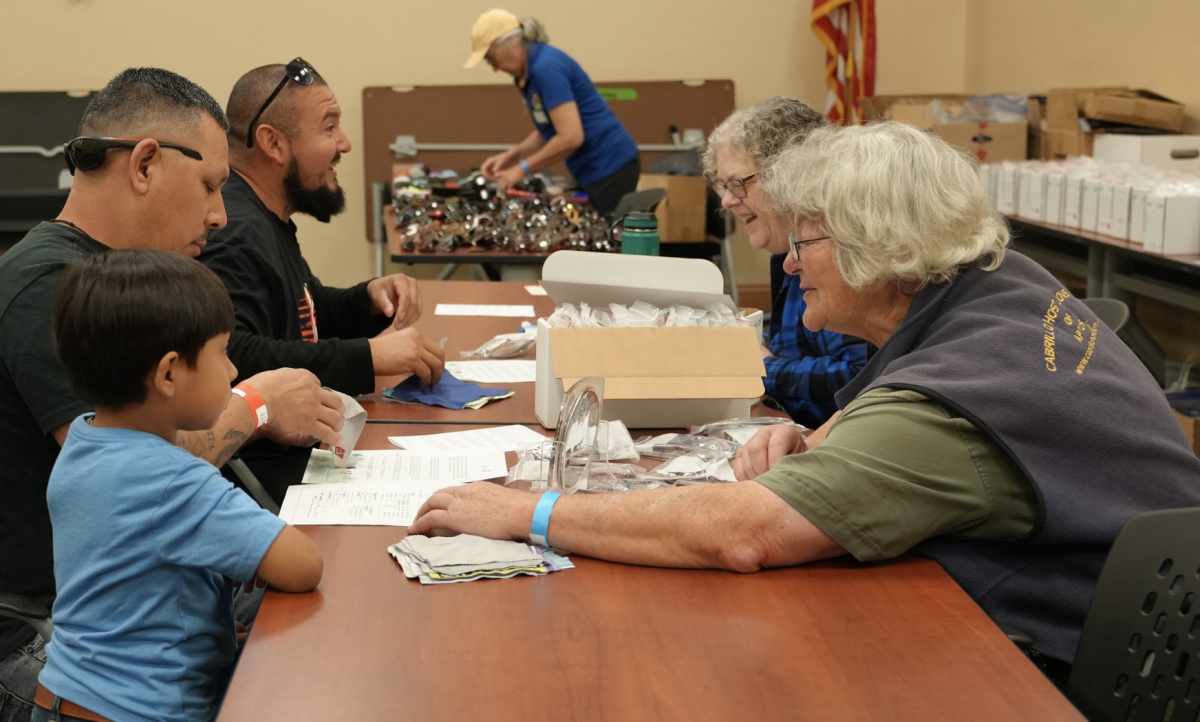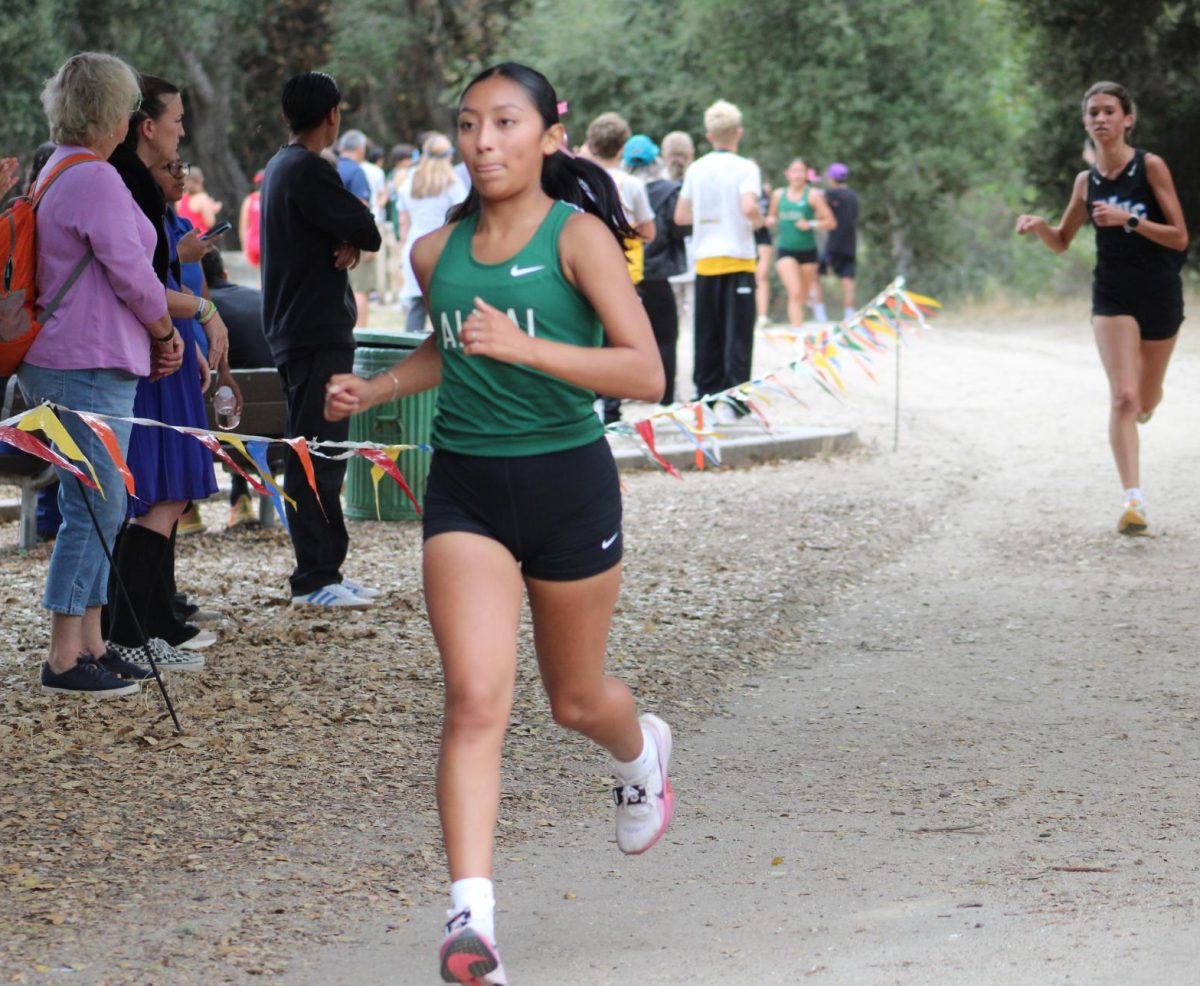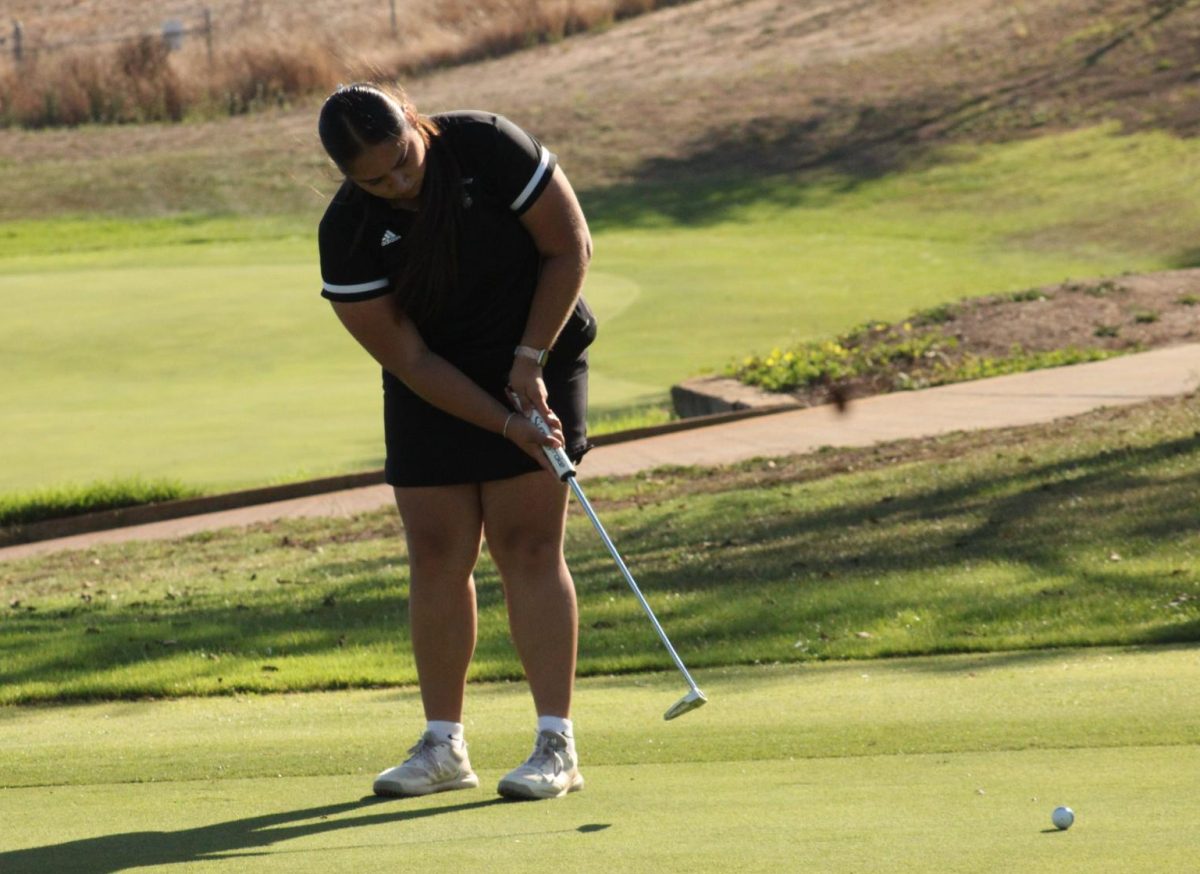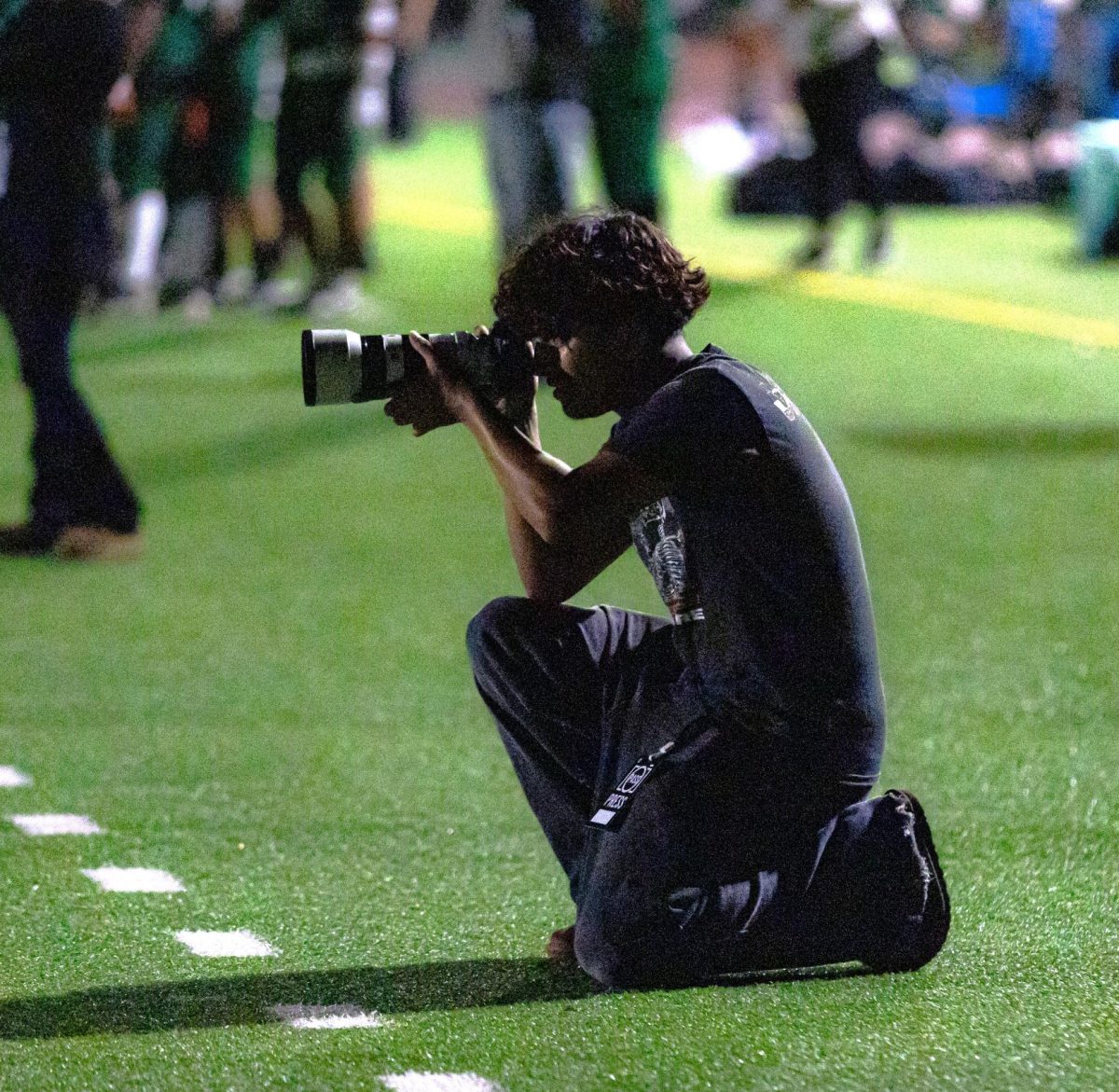The SAT has been around for almost 100 years and was first introduced in 1926. Over the years it has undergone many changes and its purpose was to determine admissions, financial aid, placement, and more. The University of California system made this test mandatory until 2001 and some Ivy’s still require it.
The SAT underwent many changes, from the testing administration down to the preparation for it. Originally the SAT used to be taken on paper; however, this year, students will take it online on an application called Bluebook, which is College Board’s secure browser.
The time allotted used to be three hours, but it was cut down to 2 hours and 14 minutes. Students were tested on their math, language, along with their reading and writing, though now the language portion of the exam was taken out, which will result in a more simplified testing experience.
With the SAT being digital, the original four sections have been reduced and turned into 2 online digital modules. Once you start Module 1 you must complete it before moving on to Module 2. As students progress throughout the test it will adapt to their knowledge and make a unique test for them. “It was a bit challenging,” junior Ashley Fuentes said. “It takes time to answer the questions and it’s a test in which i struggle a lot with.”
The Module 1 answers from math, along with Reading and Writing, will be analyzed to make the Module 2 test. The reading portion of the exam had a mix of both long and short passages that went with sets of multiple questions. Now the exam has narrowed down the passages and made it one exam question per passage. They’ve made the questions more direct for the reading and math portions.
All the exams and tools that were previously provided have now been digitized, but they’ve now tweaked a part of the math exam. Students were previously not allowed to use a graphing calculator for the whole math exam but are now able to do so. “The experience of the SAT was not bad. It was like any other test, but with the math portion being the best,” junior Christian Hurtado said. “I feel like we should be allowed to use our school-provided graphing calculators.”
It used to take a couple of weeks to distribute scores, however, scores will now be delivered within a few days of the exam date. Practice for the SAT will now be done online as opposed to paper, all through the Bluebook app.
In an informal survey of 164 juniors and seniors, 94.5% had not taken it and 70% were not planning on taking it. 78% of the respondents were unaware of the changes that were made, but 76.8% were glad the changes were made. For the most part, everyone was glad about all the changes that were made. “It was a good experience, mostly because a lot of time was offered to fully finish,” junior Daniela Lemus said.
For students planning on taking the SAT, it’s simple to sign up for. The 1st step will be to go to the College Board website and create an account. If you’ve taken an AP class along with the test you should have an account already. You’ll also use your account to see your SAT score results.
The 2nd step will be to login your account which will take you to the dashboard. On the dashboard, there will be a button that says “My SAT”. You’ll click on that which will redirect you to the next page which will have a register button in yellow.
The 3rd step will be to enter all your personal information. What you need to have ready to complete this is a digital or physical copy of your ID. You’ll also be asked for other things such as your GPA, academics, alongside your household income.
The 4th step will be to decide on a test date and center through either zip code, state, city, or distance from your location. Some schools allow students to take it there so be on the lookout if that’s what you want.
The 5th step requires you to upload a photo of yourself which will be compared to the ID photo previously submitted by the SAT administrator. Your photo requires you to have both your eyes visible, just you in the shot, must be clear and focused, without filters or alterations, and be completely uncovered unless religious purposes restrict you.
In the 6th step, you will be offered SAT Practice materials for $29.99 and answer services for $16, all completely your choice. The answering service lets you review your answer after the test and shows you the difficulty of the question.
The SAT Practice materials are a study guide for the actual SAT. For those who don’t want to pay for a study guide, you can find some online or ask your local library if they have some.
For the 7th step, all you must do is review all your information, and purchases, and pay $68 for the registration fee. If you are looking for a fee waiver you can apply for one and see if you qualify. Low-income 11th and 12th-grade students may be eligible for this fee waiver. The next SAT Test is August 24, 2024, and you must register by August 9th.







![Senior Jayden Duarte dives across the goal line for one of his five touchdowns in a dominant 62-40 victory over Monterey. It has been a highly successful season for Duarte, and he credits his coaches for putting him in positions to succeed and make key plays. “The goal is to help wherever the coaches need me, receiver, running back, [and] DB,” he said.](https://alisaltrojantribune.com/wp-content/uploads/2025/10/IMG_3599-2-1200x800.jpg)
















